The Ultimate Guide To Companion Veggies: Grow A More Productive And Pestfree Garden
The Ultimate Guide to Companion Veggies: Grow a More Productive and Pest-Free Garden
Companion planting is an ancient gardening practice that involves planting certain vegetables together to benefit each other. By planting the right combinations of vegetables, you can improve your garden's productivity, reduce the risk of pests and diseases, and even attract beneficial insects.
In this blog post, we will discuss the basics of companion planting and provide you with a list of some of the best vegetable pairings. We will also cover some of the benefits of companion planting and how to get started.
What is Companion Planting?
Companion planting is based on the idea that different plants can interact with each other in beneficial ways. Some plants can help to repel pests, while others can attract beneficial insects. Some plants can improve the soil quality, while others can help to shade or support their neighbors.
By planting the right combinations of vegetables, you can create a mini ecosystem in your garden that is self-sustaining and pest-resistant. This can lead to a more productive and healthier garden.
Benefits of Companion Planting
There are many benefits to companion planting, including:
- Increased productivity: Companion planting can help to increase the yield of your vegetables by up to 30%.
- Reduced risk of pests and diseases: Companion plants can help to repel pests and diseases, which can save you time and money on pesticides.
- Improved soil quality: Companion plants can help to improve the soil quality by adding nutrients, breaking down organic matter, and deterring pests.
- Attracted beneficial insects: Companion plants can attract beneficial insects, such as ladybugs and pollinators, which can help to control pests and improve pollination.
- More attractive garden: Companion planting can create a more attractive and diverse garden.
How to Get Started with Companion Planting
If you are new to companion planting, there are a few things you need to do to get started:
- Do your research. There are many resources available to help you learn about companion planting. Books, websites, and gardening magazines can all provide you with information on the best vegetable pairings.
- Plan your garden. Once you have a basic understanding of companion planting, you can start to plan your garden. Consider the size of your garden, the types of vegetables you want to grow, and the climate in your area.
- Plant your vegetables. When you are planting your vegetables, take the time to consider which plants you want to put next to each other. Refer to your research and planning to make sure you are making the best pairings.
- Monitor your garden. Once your garden is planted, it is important to monitor it regularly. Pay attention to the health of your plants and look for any signs of pests or diseases. If you see any problems, you may need to adjust your companion planting plan.
Conclusion
Companion planting is a simple and effective way to improve your garden's productivity, reduce the risk of pests and diseases, and create a more attractive and diverse garden. If you are new to gardening, companion planting is a great way to get started. With a little research and planning, you can create a thriving garden that will provide you with fresh, healthy produce for years to come.
Did you know that certain vegetables can help each other grow better when planted together? This is called companion planting, and it's a great way to boost your vegetable garden's productivity and health.
For example, tomatoes and basil are classic companion plants. Basil helps to repel tomato hornworms, a common pest of tomatoes. Marigolds are another great companion plant for tomatoes, as they help to repel nematodes, which can damage the roots of tomatoes.
If you're looking for more information about companion planting, I recommend checking out Garden Wiki. This website has a comprehensive guide to companion planting, including a list of compatible and incompatible vegetable pairings.
FAQ of companion veggies
What are companion vegetables?
Companion vegetables are plants that benefit each other when grown together. They may attract beneficial insects, deter pests, improve soil quality, or provide other advantages.
What are some examples of companion vegetables?
Some common companion vegetables include:
- Beans and corn: Beans fix nitrogen in the soil, which benefits corn. Corn provides support for beans to climb.
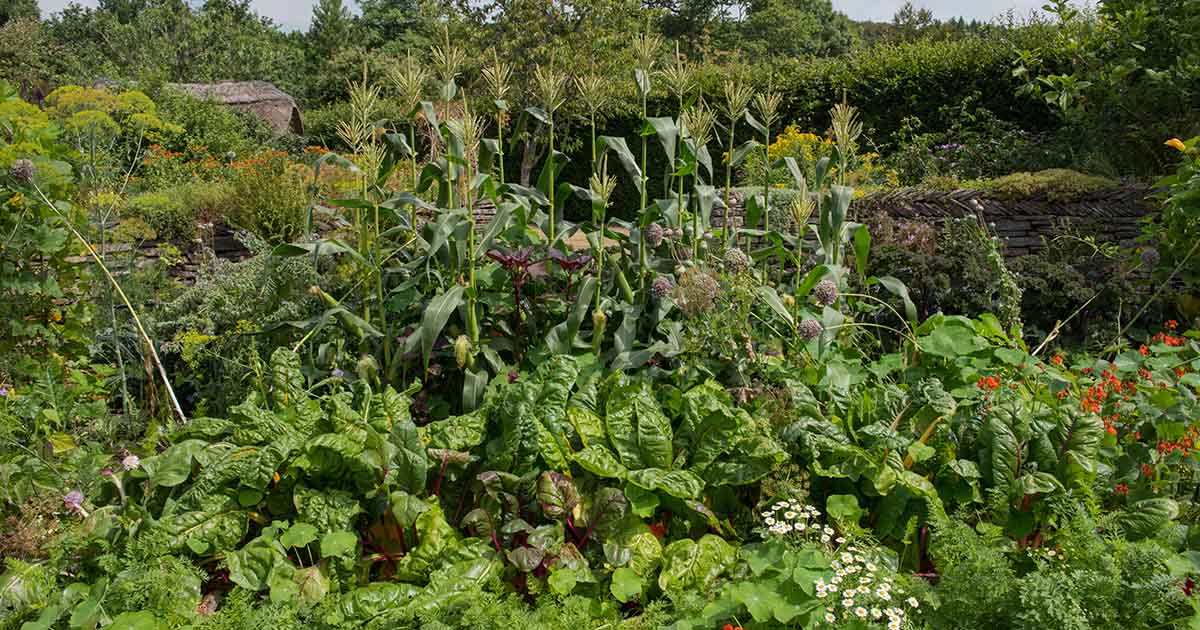
- Carrots and onions: Onions repel carrot flies, which can damage carrots. Carrots help to suppress the growth of weeds around onions.
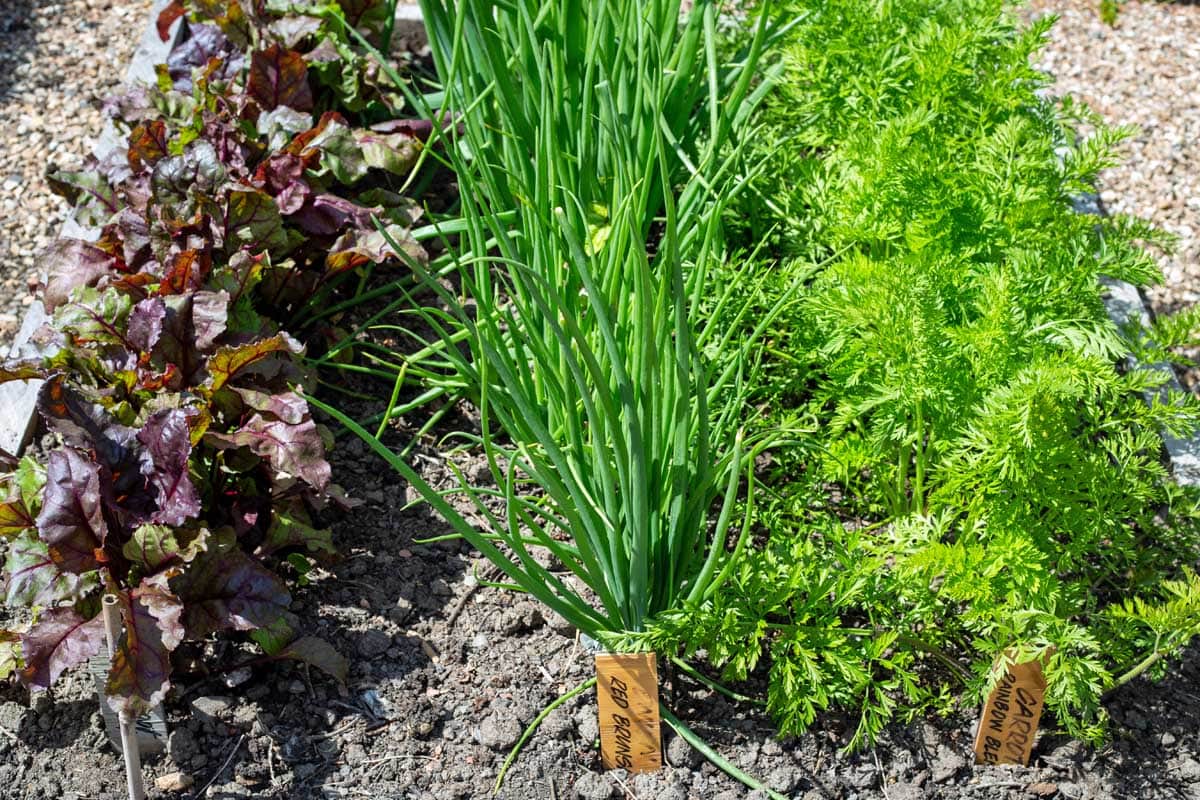
- Cucumbers and tomatoes: Cucumbers attract pollinators, which benefit tomatoes. Tomatoes provide shade for cucumbers, which can help to prevent them from sunscald.
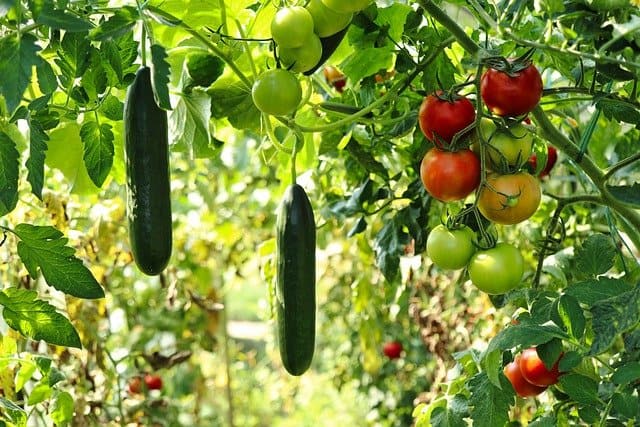
- Lettuce and spinach: Lettuce shades the soil, which helps to keep spinach roots cool. Spinach releases nitrogen into the soil, which benefits lettuce.

- Peas and marigolds: Marigolds repel aphids, which can damage peas. Peas fix nitrogen in the soil, which benefits marigolds.
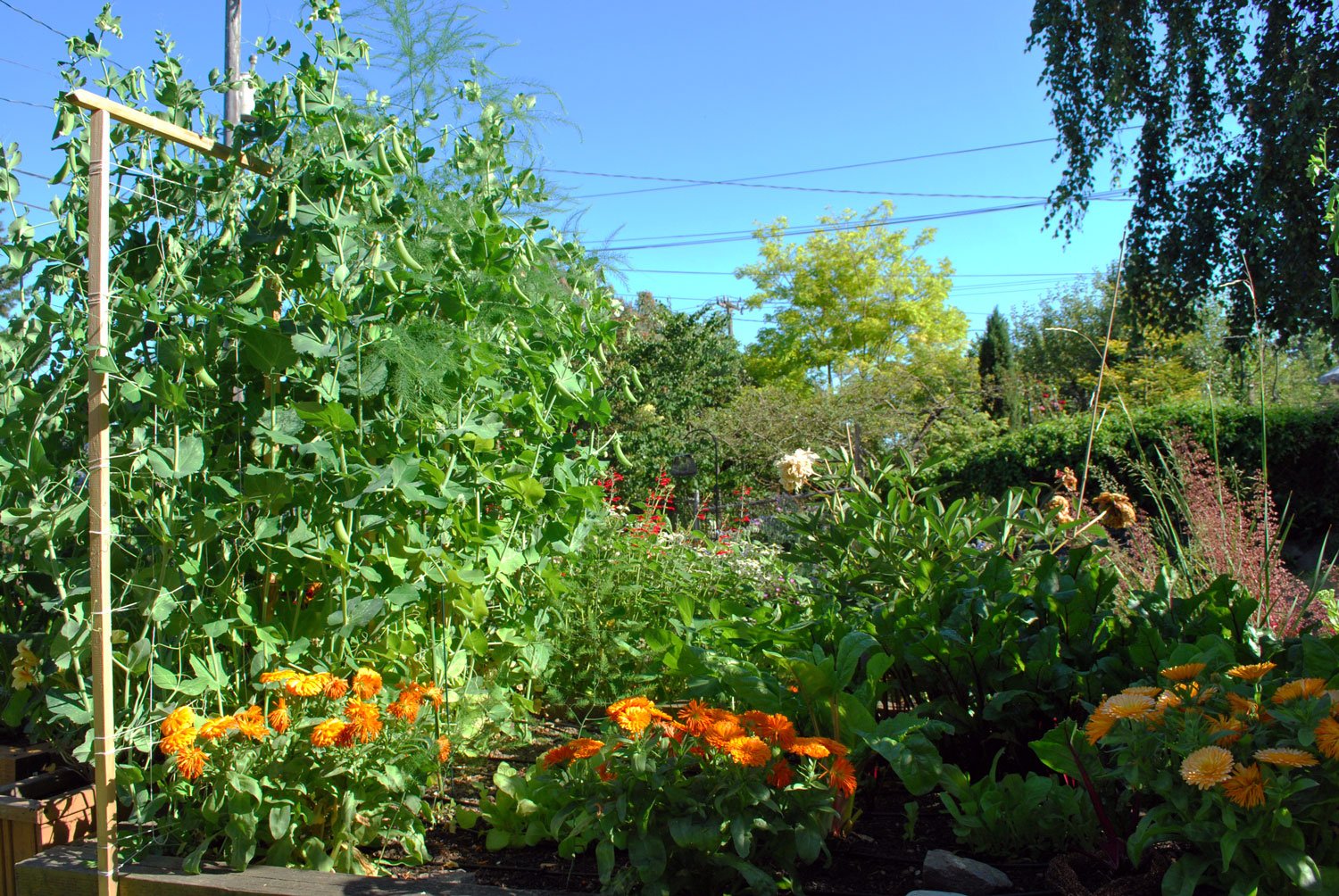
How close should companion vegetables be planted?
The ideal distance for planting companion vegetables will vary depending on the specific plants involved. However, a good rule of thumb is to plant them within two or three rows of each other.
How do I know which companion vegetables to plant together?
There are many resources available to help you identify companion vegetables. You can find books, websites, and even apps that list specific plants that benefit each other. You can also ask your local nursery or garden center for advice.
What are some benefits of companion planting?
Companion planting can offer a number of benefits, including:
- Increased crop yields
- Improved plant health
- Reduced pest and disease problems
- Enhanced soil quality
- Increased biodiversity
Image of companion veggies
Here are 5 different images of companion veggies from Pinterest:
- Basil and tomatoes. Basil is a natural pest repellent for tomatoes, and it also helps to improve the flavor of the tomatoes.
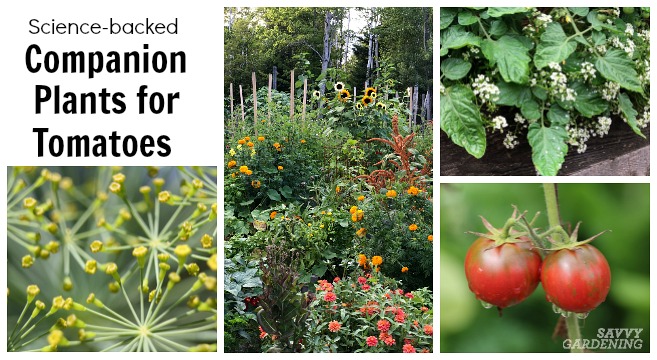
- Cucumbers and beans. Cucumbers and beans are both vining plants, so they can be planted together to save space. Beans also help to fix nitrogen in the soil, which benefits cucumbers.
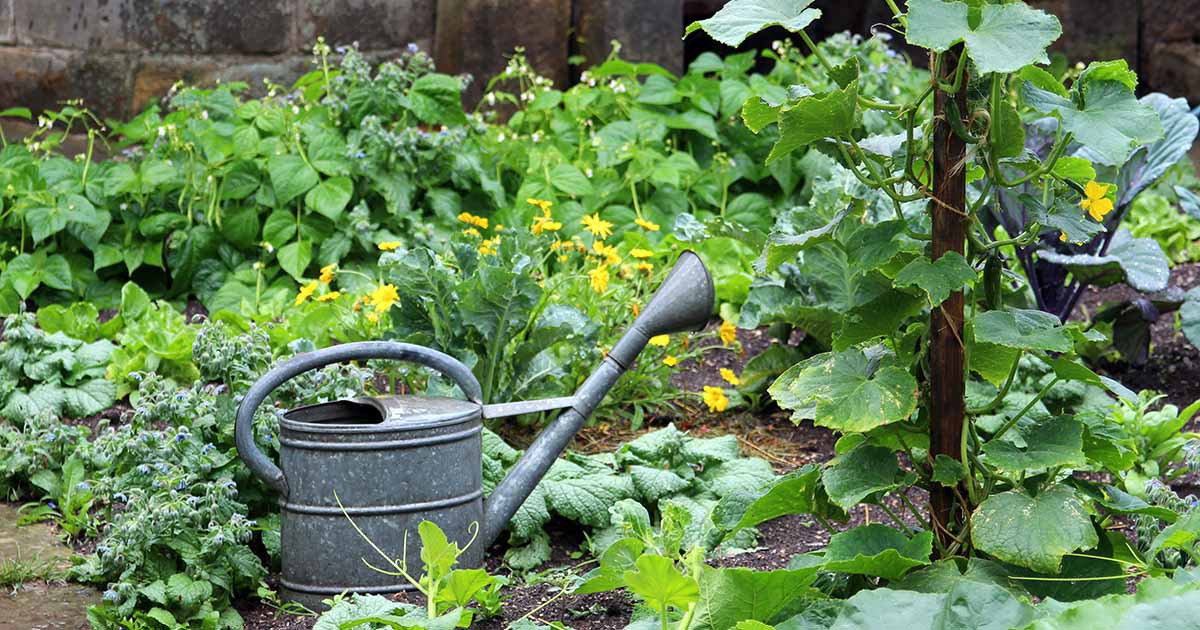
- Carrots and onions. Carrots and onions have different root systems, so they don't compete for resources. Onions also help to repel carrot fly, a common pest of carrots.

- Lettuce and spinach. Lettuce and spinach are both cool-season crops, so they can be planted together in the spring or fall. They also have similar growing requirements.

- Peas and tomatoes. Peas and tomatoes are both nitrogen-fixing plants, so they can help to enrich the soil for each other. Peas also help to shade the soil around tomatoes, which can help to prevent blossom end rot.

Post a Comment for "The Ultimate Guide To Companion Veggies: Grow A More Productive And Pestfree Garden"